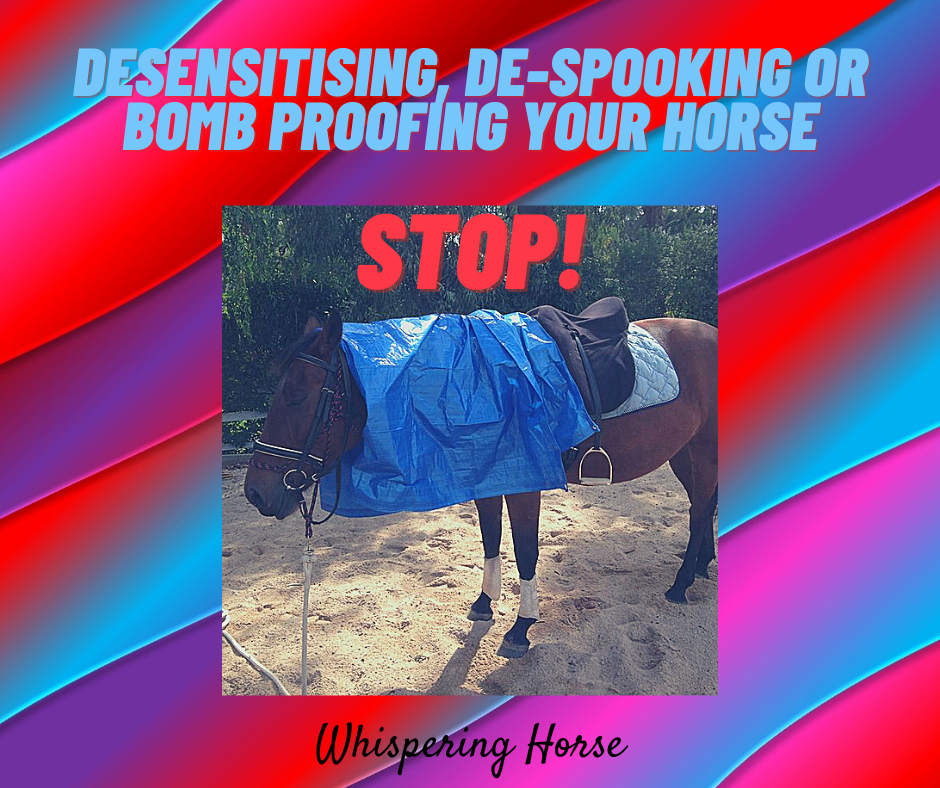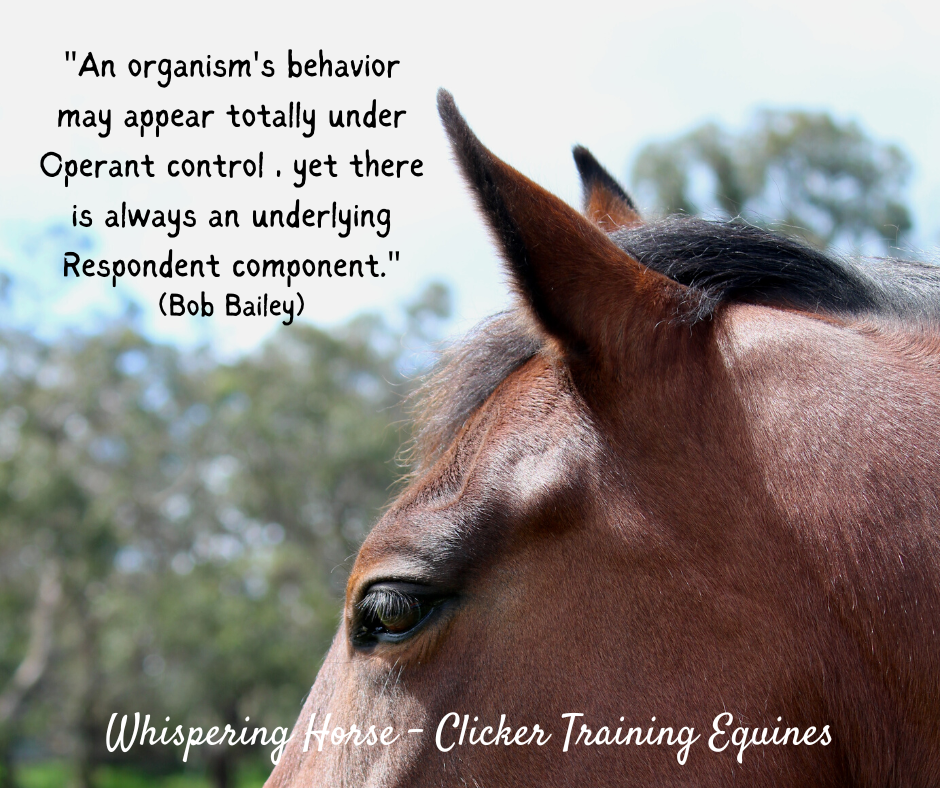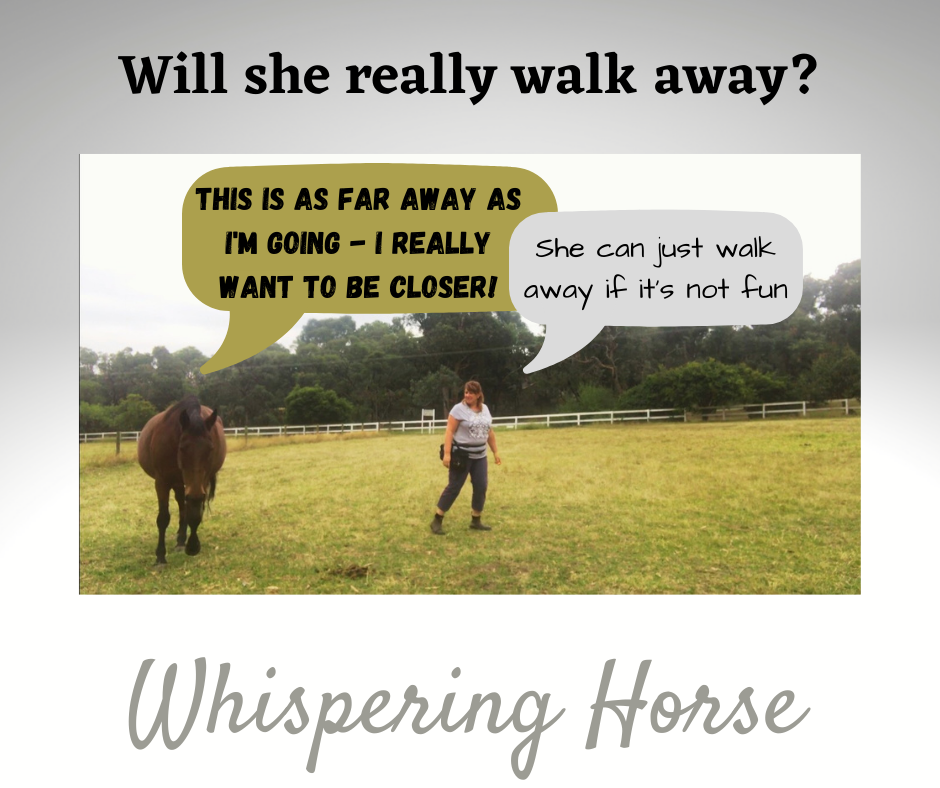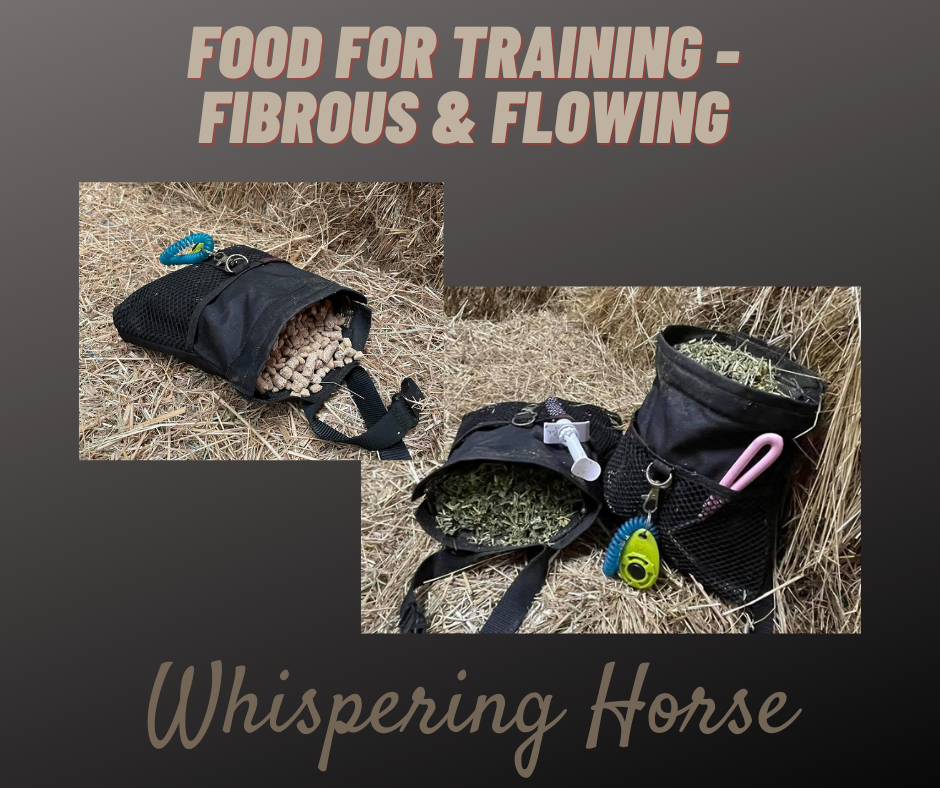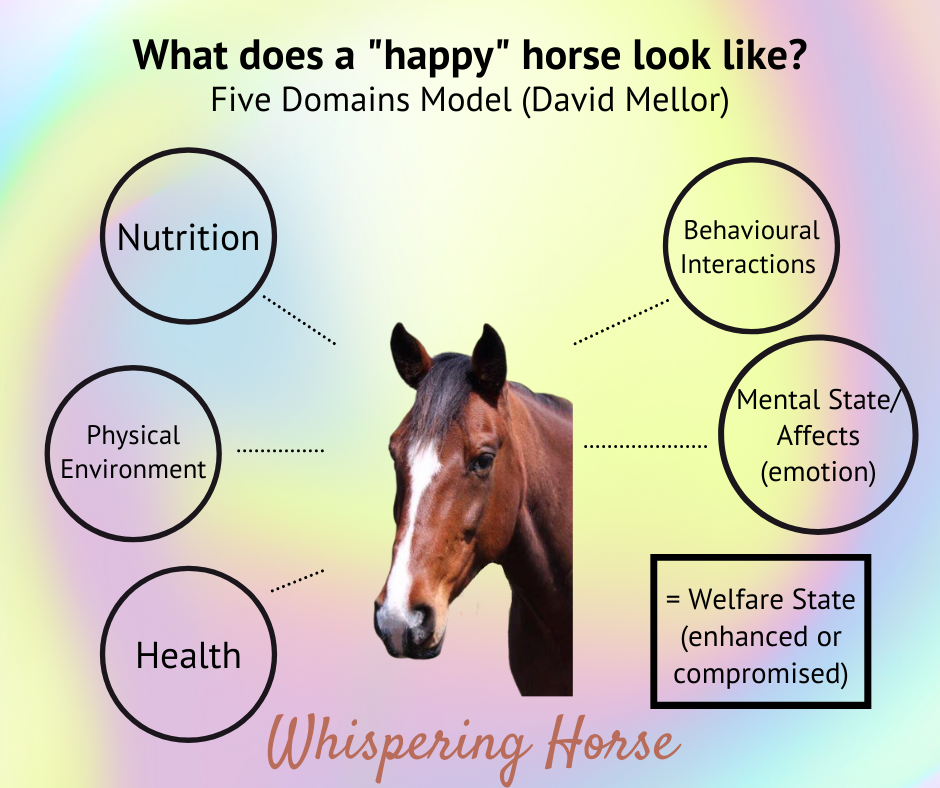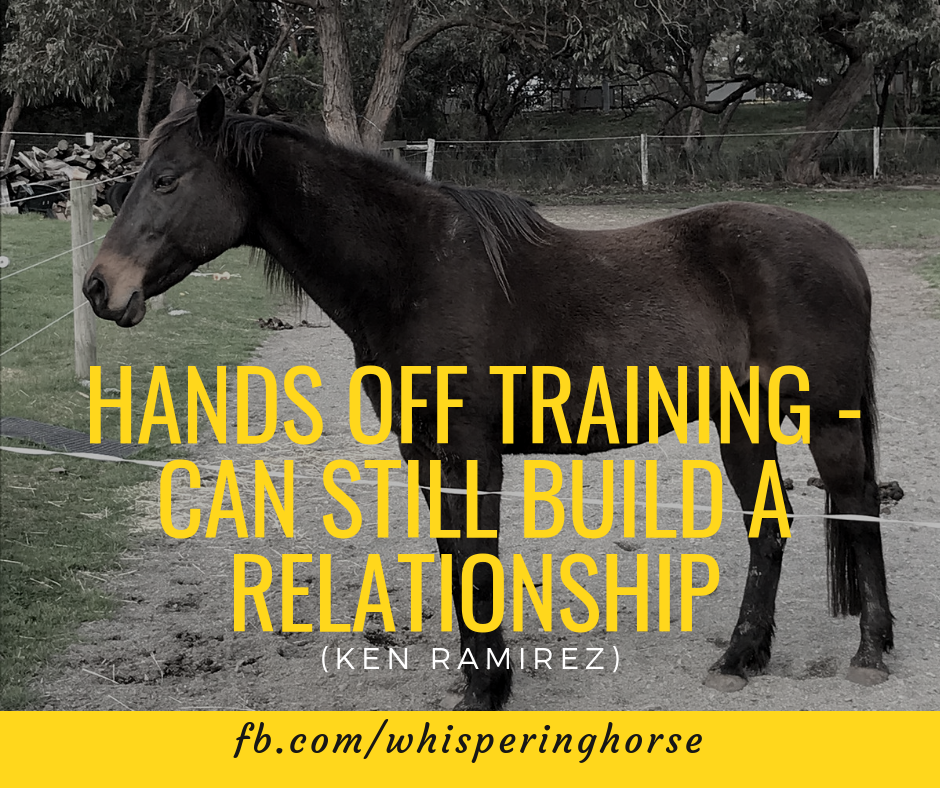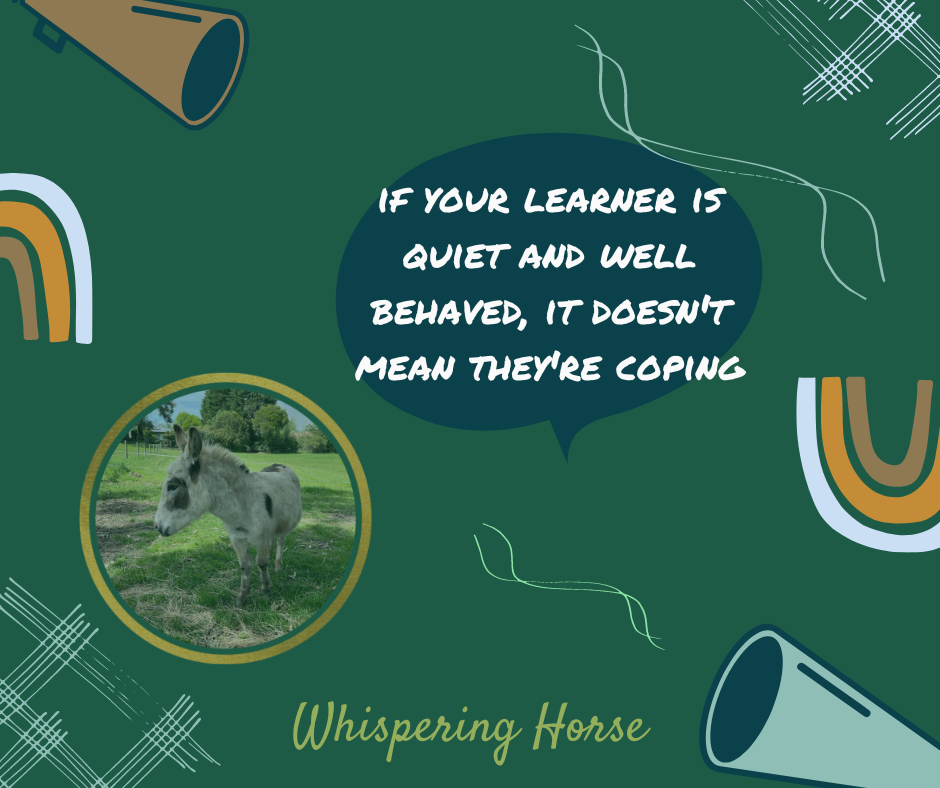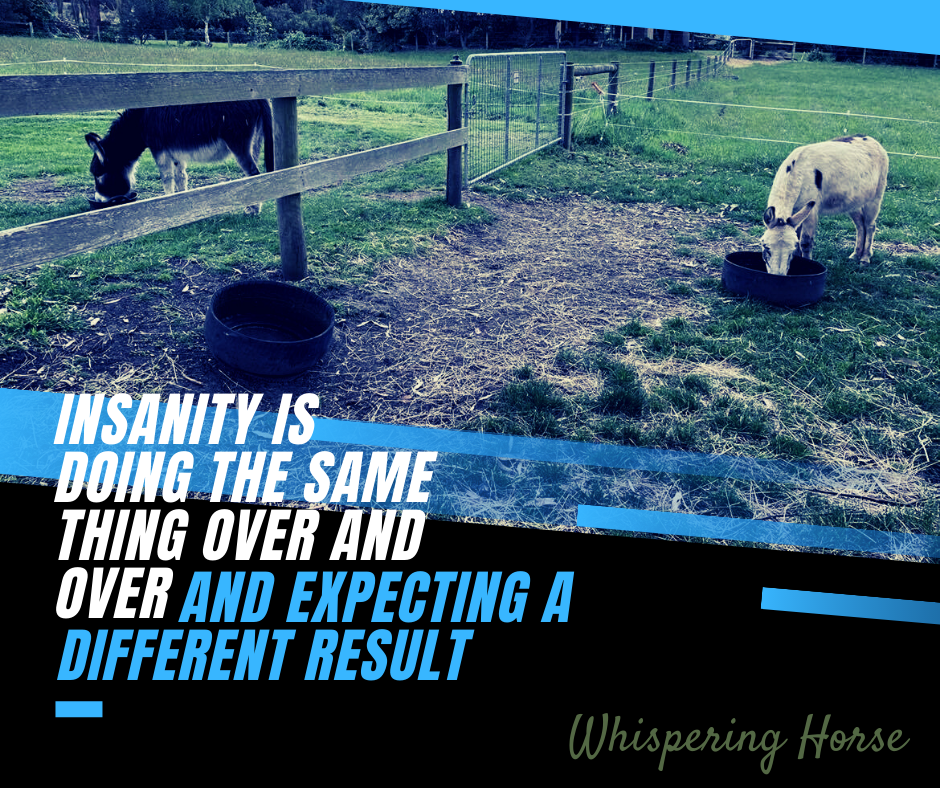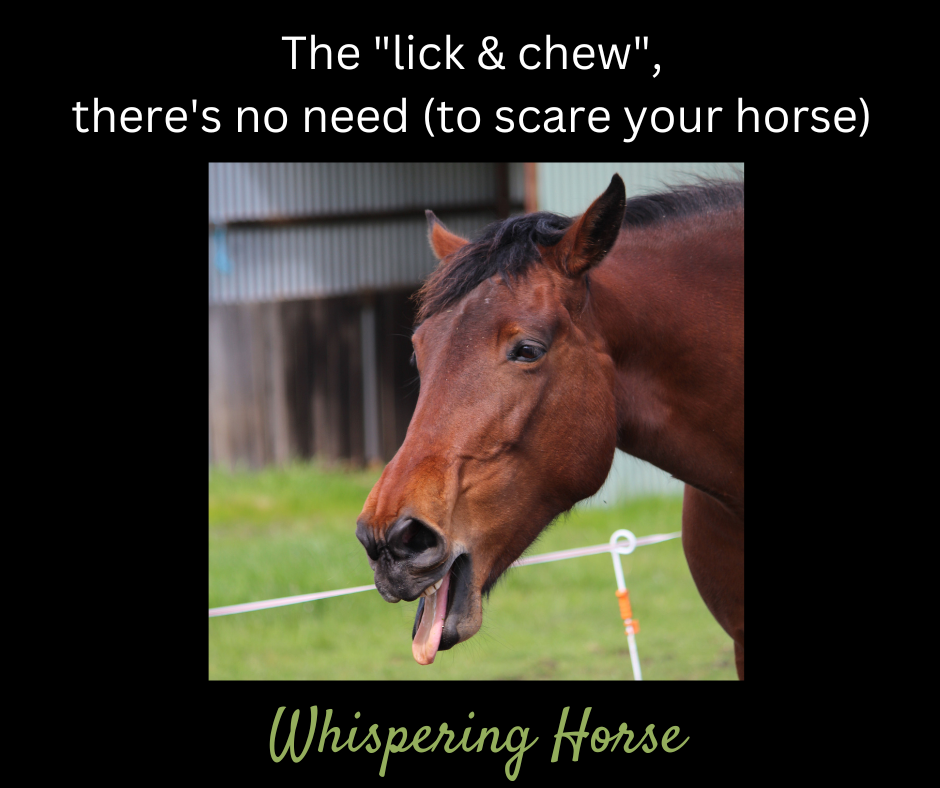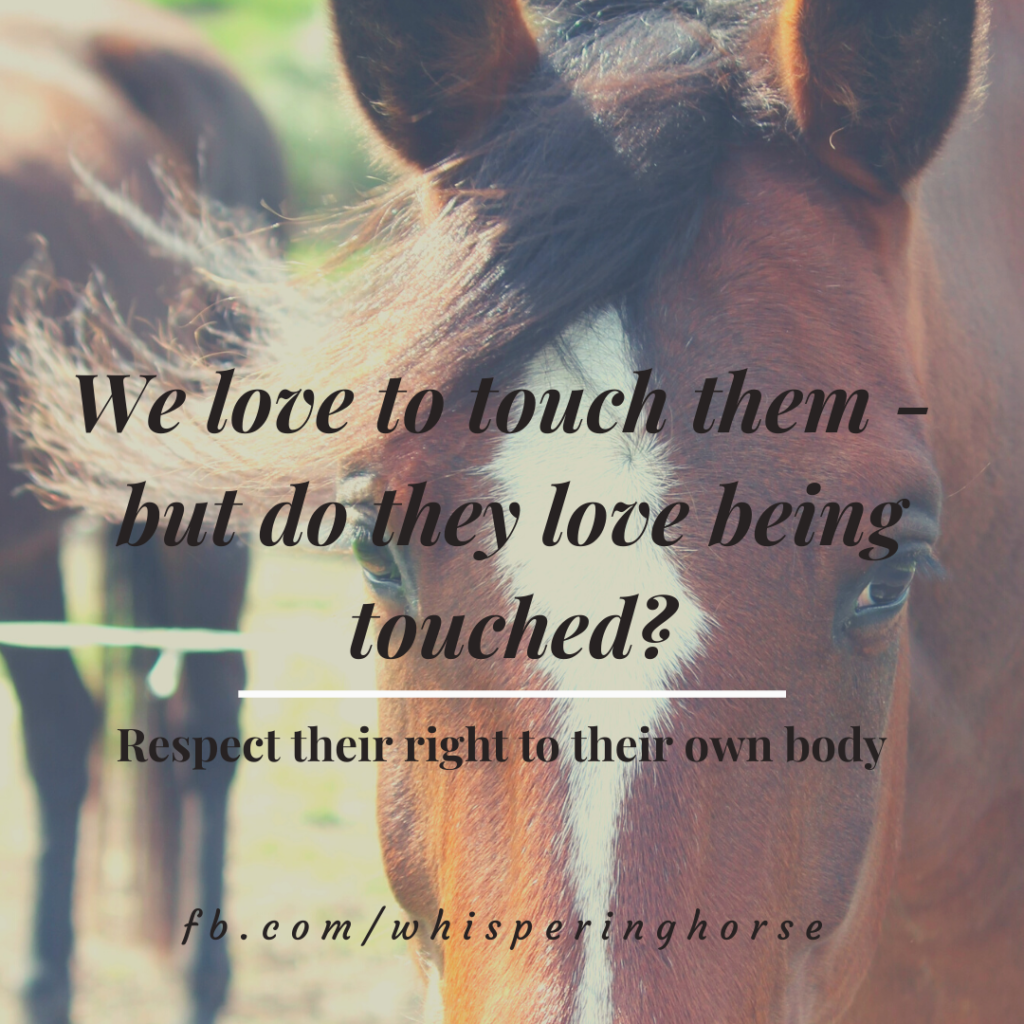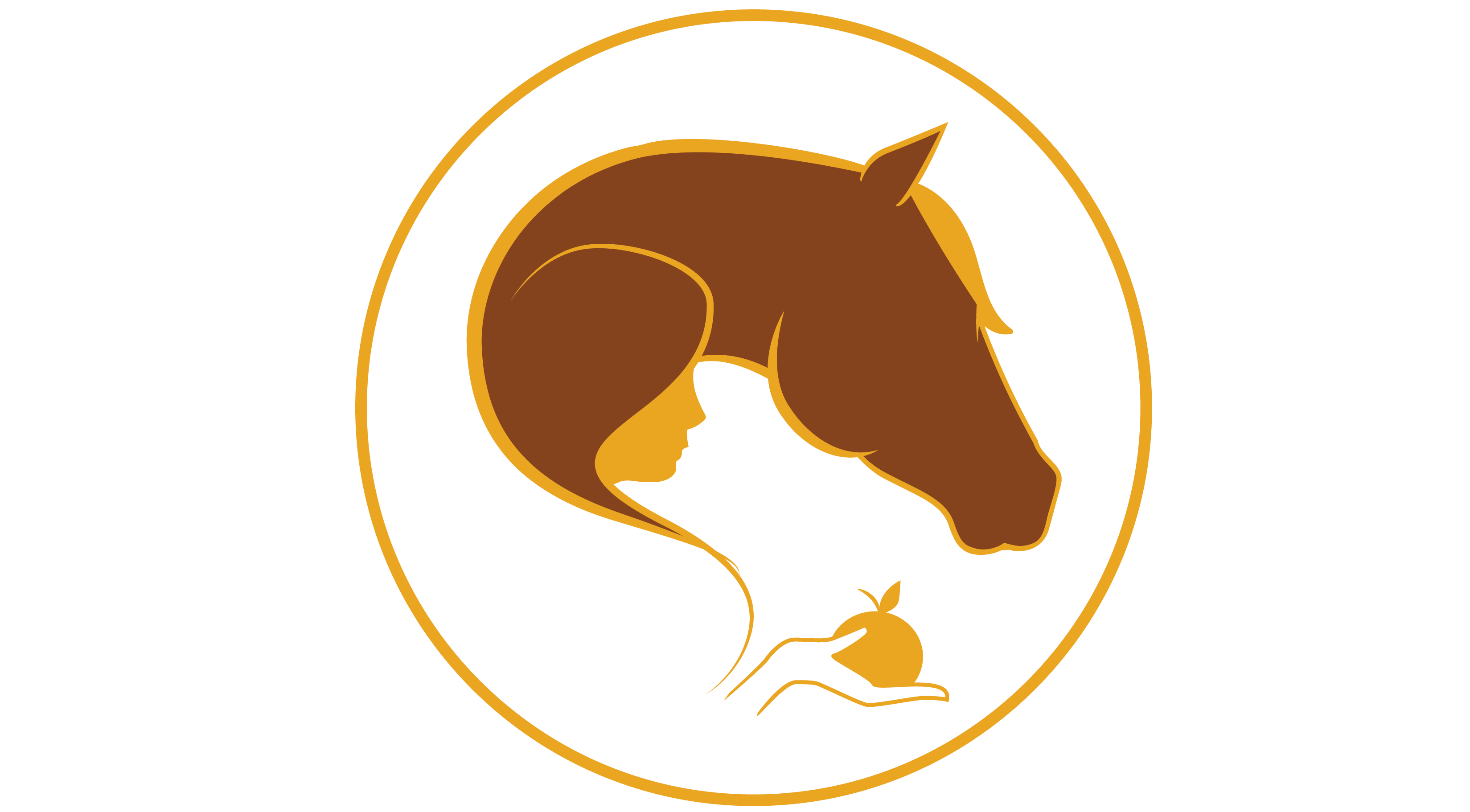Desensitisation, the good and the bad (don’t get them mixed up)
Desensitisation, the good and the bad (don’t get them mixed up) There seems to be a lot of confusion about Desensitization. People are either thinking it’s great to try to desensitize their horse, de-spook or bomb-proof their horse. OR there are people saying NOT to use Desensitization because it’s cruel and mean and it floods […]
Desensitisation, the good and the bad (don’t get them mixed up) Read More »

